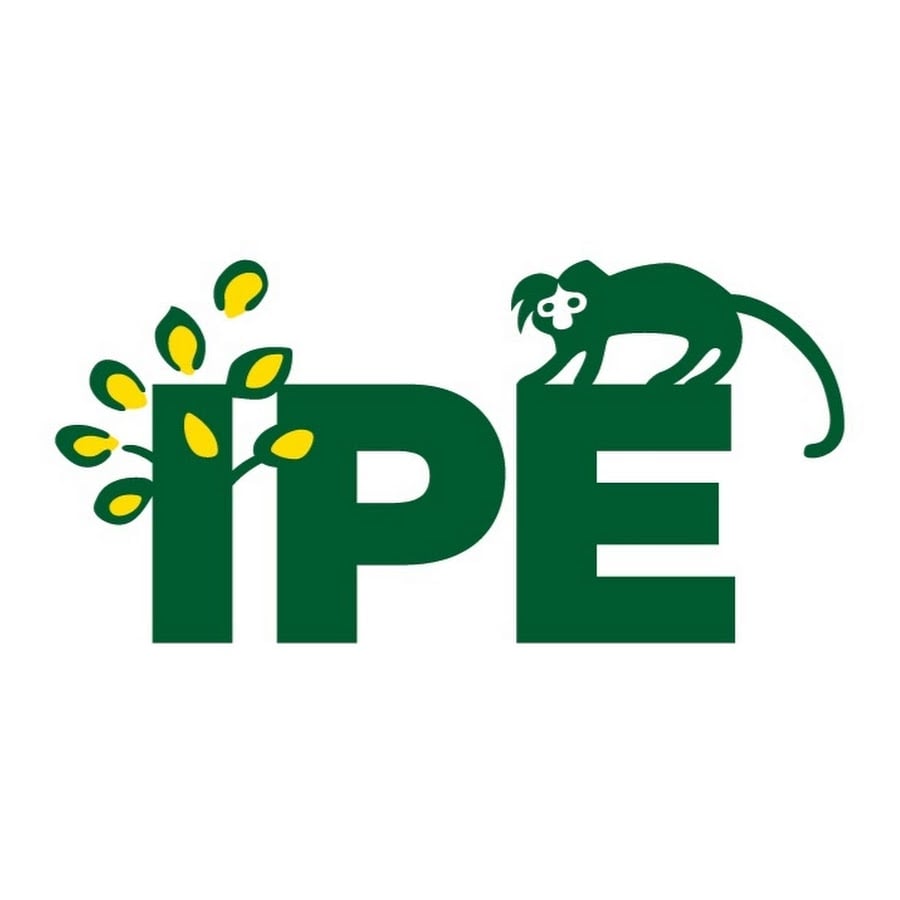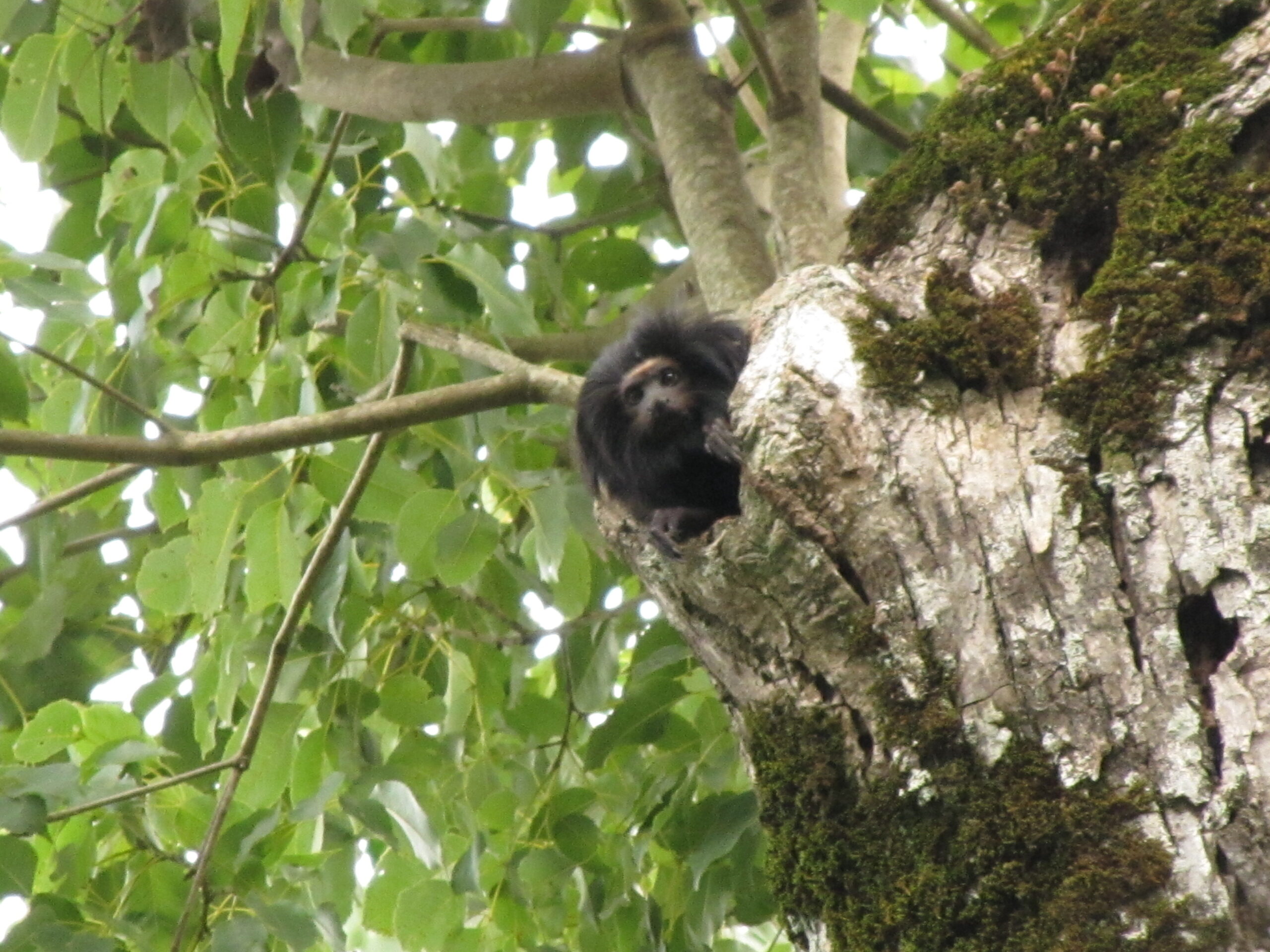::cck::918::/cck::
::introtext::
The Black lion Tamarin Conservation Program, carried out in Pontal do Paranapanema by IPÊ, will receive for two more years the contribution of the Disney Conservation Fund (DCF) for its research, environmental education and species conservation activities.
DCF has supported the program by several cycles since 2005. From 2017 to 2020, the Fund funded the installation of artificial hollows, environmental education actions and stock support in the Atlantic Forest Corridor, the largest in Brazil, reforested by the Ipê. The hollows were a major evolution for the project, helping to understand the dynamics of tamarin movement and use of the corridor and fragments close to it. All this because, for black lion tamarins, food sources (fruits, insects and small vertebrates) and roosting places (tree holes) are vital components of the habitat that directly affect the number of individuals that can use and live in one area. However, the trees in the corridor, being younger, do not have natural hollows. To promote the use of these areas restored by the tamarins, one of the actions of the project supported by the DCF was precisely the installation of artificial holes, wooden boxes that function as shelter and dormitory for the species. Another advance of the project was the use of GPS in tamarins, in backpacks installed on individuals for monitoring, whose support from Disney made the first tests of this technology possible.
For the next few years, the program will continue with the action fronts of Research, Environmental Education and Conservation. Field research includes monitoring the groups that will be part of population management.
“It is important to say that everything is part of a process thought and planned jointly by a group of specialists, with the approval of the responsible government agencies. Initially, we will assess the feasibility of translocation for each population, to define which of them will be part of this strategy [already used by the Program since 1995]. Based on the identified needs, we will design strategies and protocols, which are approved by a Technical Advisory Group linked to the PAN, to finally carry out the movement of groups of tamarins among these populations. We are very happy to follow this new stage, involving several actors in favor of this important step for the species”, says biologist Gabriela Cabral Rezende. All research and conservation actions with the black lion tamarin support and are in accordance with the National Action Plan (PAN) for the Conservation of Atlantic Forest Primates and the Black-headed Sloth, which is part of the national strategy and global biodiversity conservation.
As in previous years, the Environmental Education actions will take place in public schools in strategic municipalities for the protection of the tamarin, in Pontal do Paranapanema. One of the most relevant activities is to bring scientific information and train teachers for environmental education initiatives in the classroom. Teaching materials on the subject are already being produced.
As a complementary action for the conservation of the black lion tamarin, the program will continue to mobilize society by bringing knowledge about the species and developing methods that can help maintain the life of this animal, which is a symbol of the state of São Paulo. The planning for the installation of safe passages for the tamarins is already underway, crossing roads that cut through green areas for the use of the species. These passages connect to the forest corridors to guarantee even more space for the tamarins and other species that inhabit the region, providing security for them to move through the landscape.
The Program is also supported by the Durrell Wildlife Conservation Trust, the Margot Marsh Biodiversity Foundation/Re:wild and the Whitley Fund for Nature.
::/introtext::
::fulltext::::/fulltext::
::cck::918::/cck::


